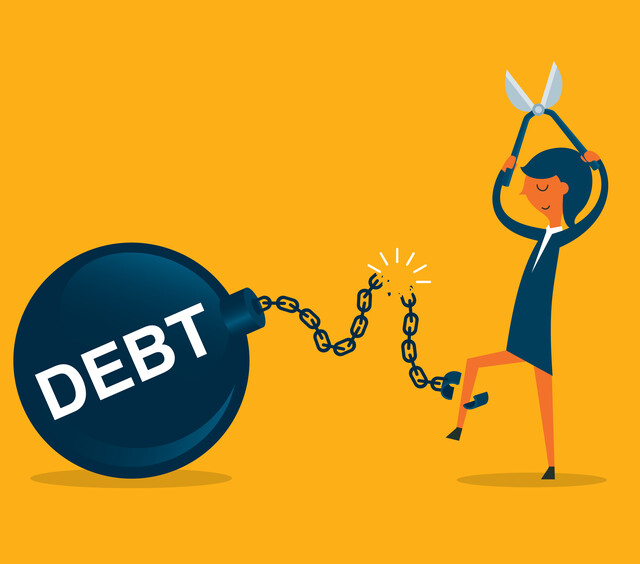Bank Loan Processing
Learn the Fundamentals of Loan Processing

The financial landscape is more complex than ever, demanding professionals who can navigate its intricacies with confidence and foresight. Our course equips you with unparalleled insights and hands-on skills, turning the daunting into second nature. By the end, you won't just comprehend the theoretical frameworks; you'll masterfully apply them, ensuring you stand out in a competitive market.
Experience a course uniquely tailored to foster your leadership and innovation in lending. Elevate your expertise, enrich your career, and embark on a path of continuous success and satisfaction. Don't just step forward; leap into a future filled with opportunity and purpose. Are you ready to redefine your professional path? The journey begins here. Enroll now.
15 Hours average completion time
1.5 CEUs
17 Lessons
33 Exams & Assignments
20 Reference Files
144 Articles
Mobile Friendly
Last Updated December 2025
Step into the Future of Lending: Transform Your Career and Empower Others
The lending industry is evolving, and with it comes the need for skilled, knowledgeable professionals who can confidently navigate this complex landscape. Whether you're dreaming of a career helping families secure their first home, enabling students to achieve their educational goals, or empowering small businesses to thrive, this course is your gateway to a future of purpose, growth, and financial success.
But this isn't just another online class. It's your opportunity to master the art and science of lending, positioning yourself as a trusted guide in an industry where expertise and integrity are more essential than ever. In today's regulatory climate, clients are not just looking for loan officers; they're seeking advisors-individuals who can demystify the lending process, craft tailored solutions, and build lasting trust. This course equips you with the tools to not only meet but exceed those expectations.
Imagine understanding every nuance of the lending world: from interpreting credit histories with precision to identifying the ideal loan products for each unique client. Picture yourself confidently designing payment structures that empower individuals to achieve their goals while aligning with their financial realities. This course transforms that vision into reality, offering insights and strategies you won't find elsewhere.
What sets this course apart? It's not just the comprehensive knowledge you'll gain; it's the practical, actionable skills that prepare you to excel in a competitive market. You'll learn how to think like an expert, communicate like a leader, and perform like a top-tier professional. We go beyond theory to show you how to thrive, from navigating diverse loan options to understanding performance-based earning structures that reward your success.
By the end of this journey, you won't just be ready to enter the lending industry-you'll be prepared to lead. Whether your focus is mortgages, auto loans, student financing, or personal lending, you'll have the confidence to take on challenges, the expertise to solve problems, and the passion to make a real difference in your clients' lives.
This is more than a career step-it's a transformation. A chance to elevate your skills, create meaningful impact, and build a future filled with opportunity. The industry is waiting for leaders like you. Enroll today and take the first step toward an exciting, fulfilling, and prosperous career in lending. The future starts now-are you ready?
- Risk assessment skills
- Performance-based strategy development
- Client relationship management
- Effective communication with clients
- Loan product expertise
- Financial analysis proficiency
- Strategic financial planning
- Documentation and digital processing
- Tailored solution crafting
- Regulatory compliance understanding
- Creditworthiness evaluation
-

Kaizen 101 - An Introduction
-

Business Budgeting 101: How to Plan, Save, and Manage
-

Strategic Planning
-

Understanding Insurance Types
-

Writing Help Course Bundle
-

Debt Reduction
-

Economics: Complete Edition
-

Introduction to Six Sigma
-

Mindfulness in the Workplace
-

Goal Setting for Business
-

Workplace Safety
-

Creative Thinking Skills
-

Investing 101: Stocks, Bonds, and Mutual Funds
-

Advertising, Marketing and Sales Writing
-

Critical Thinking Skills
-

Decision Making Skills
-

Human Resources Productivity Course Bundle
-

Workplace Violence: A Guide to Responding and Preventing
-

Understanding Financial Statements
-

Home Business
-

Employment Law Fundamentals
-

Small Business Guide
-

How to Write a Business Plan
-

Human Resources Management
-

Investing 201: Intro to Commodity, Options, and Futures Markets